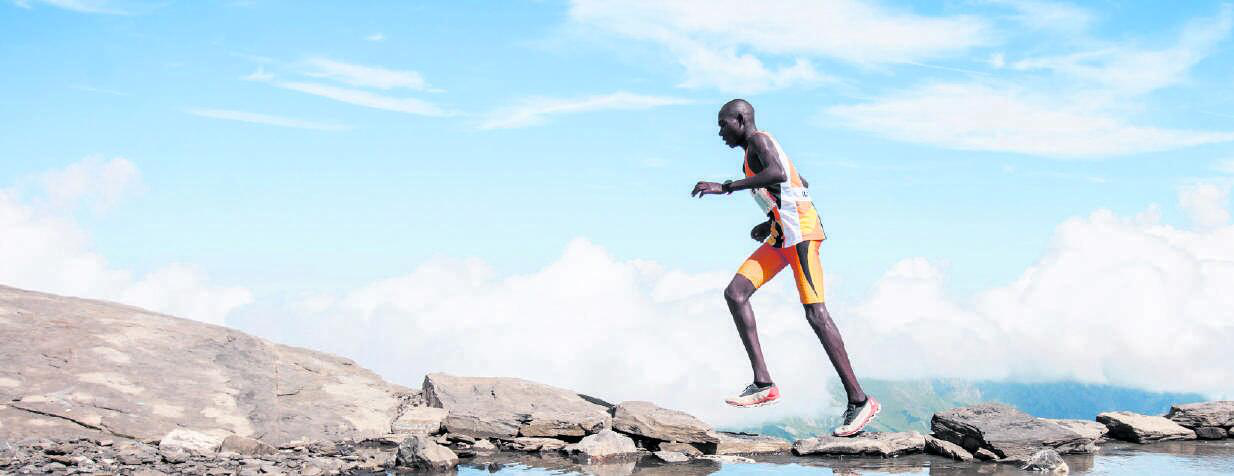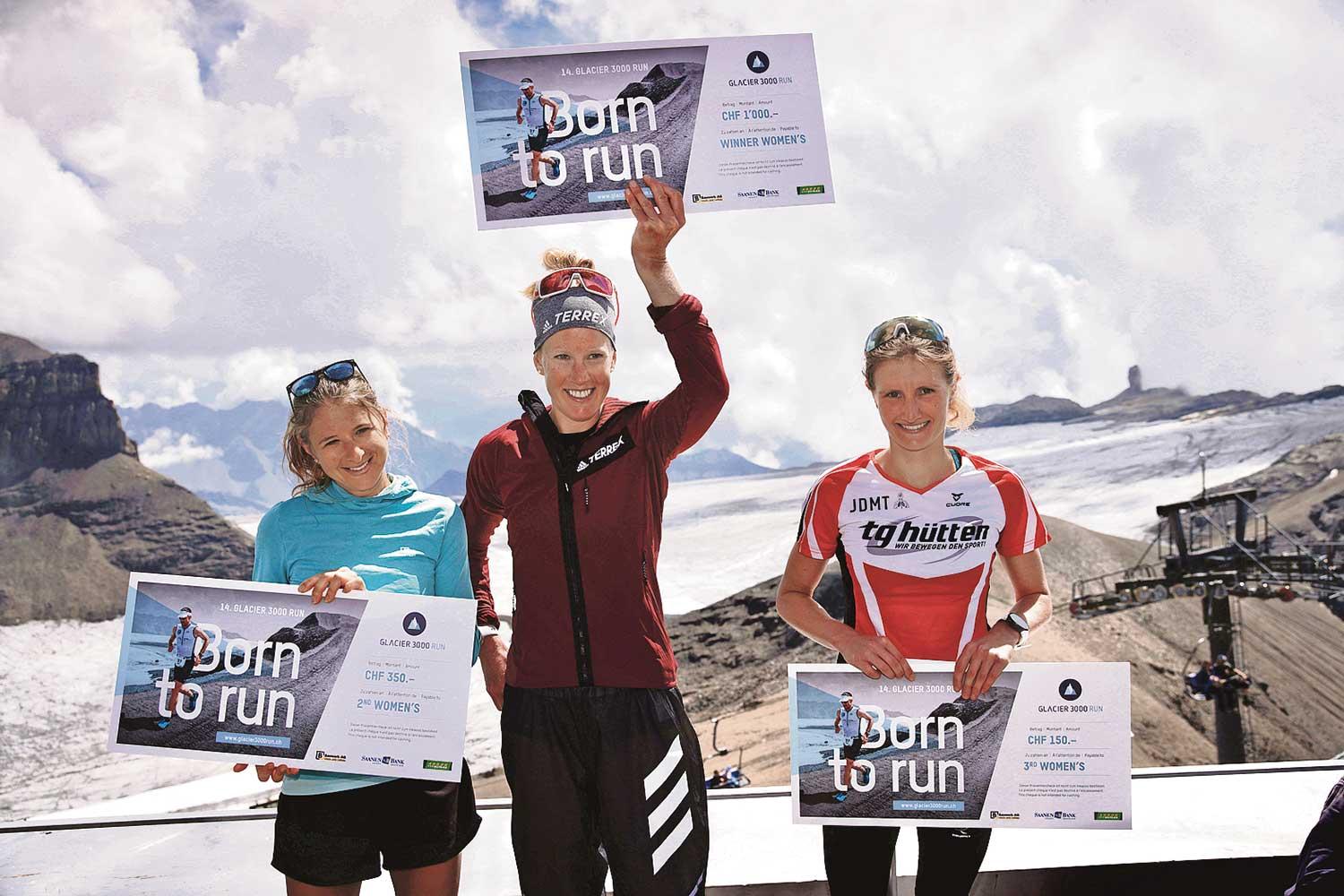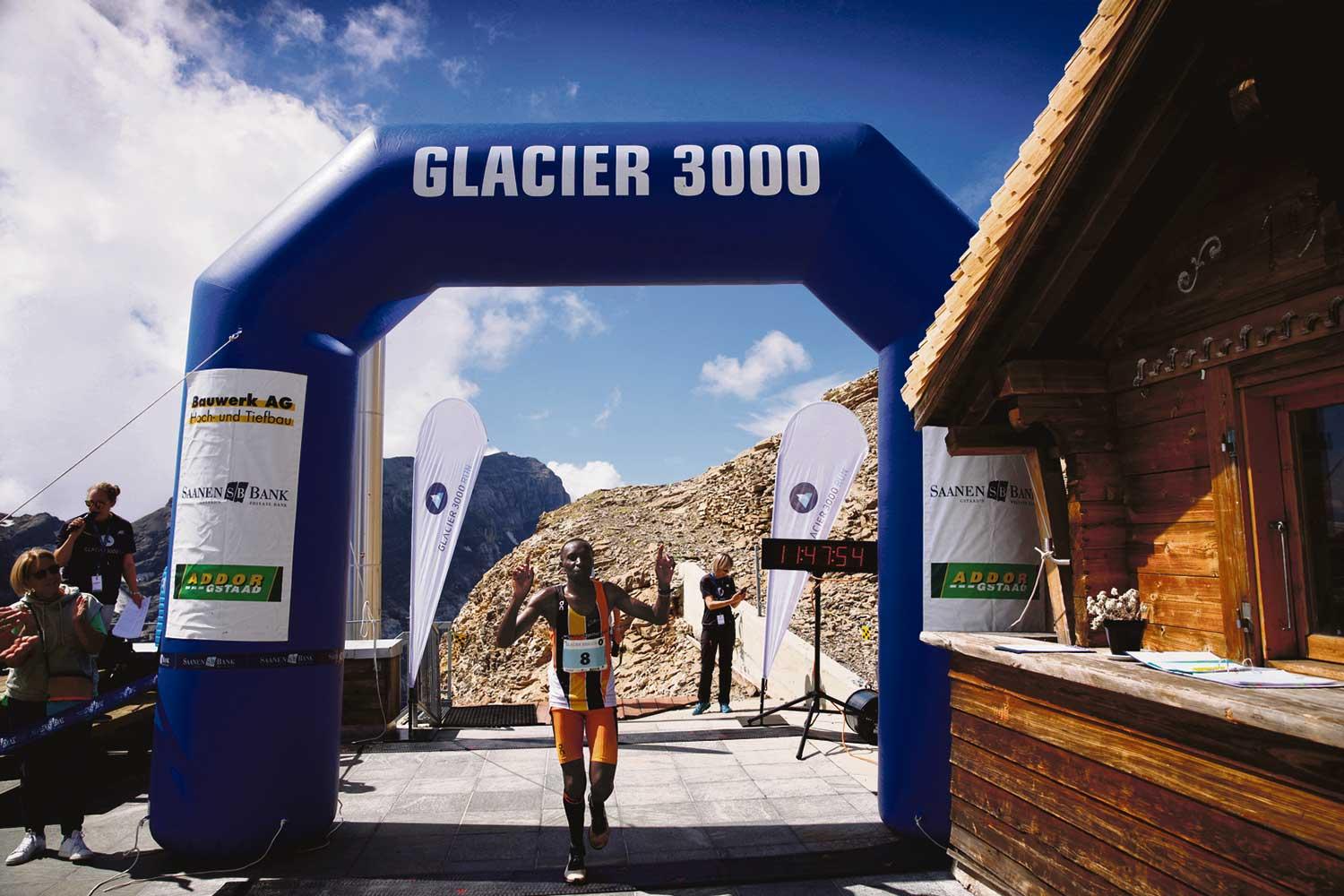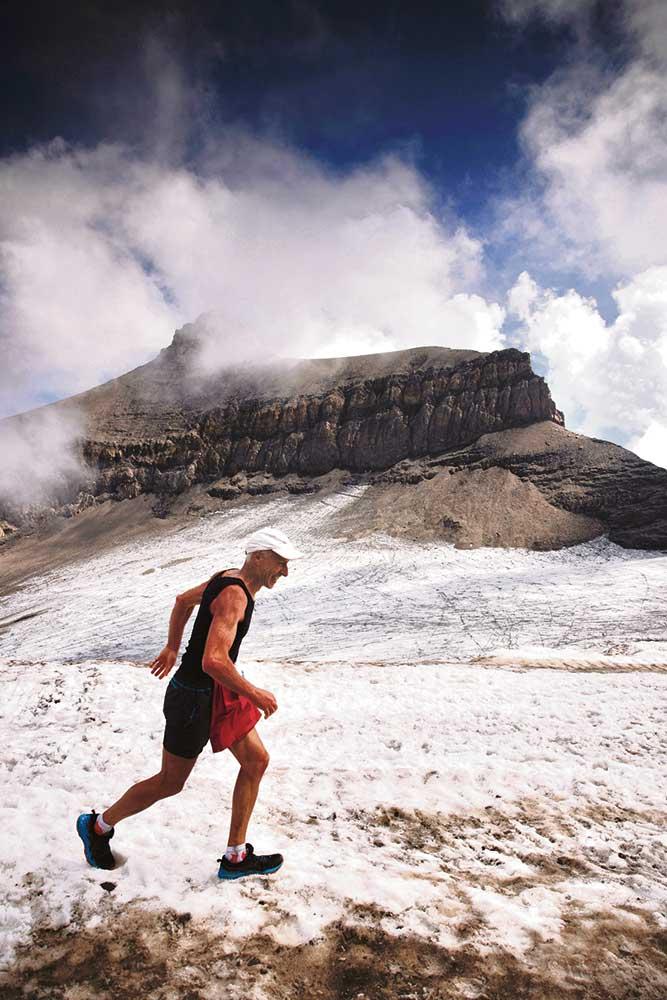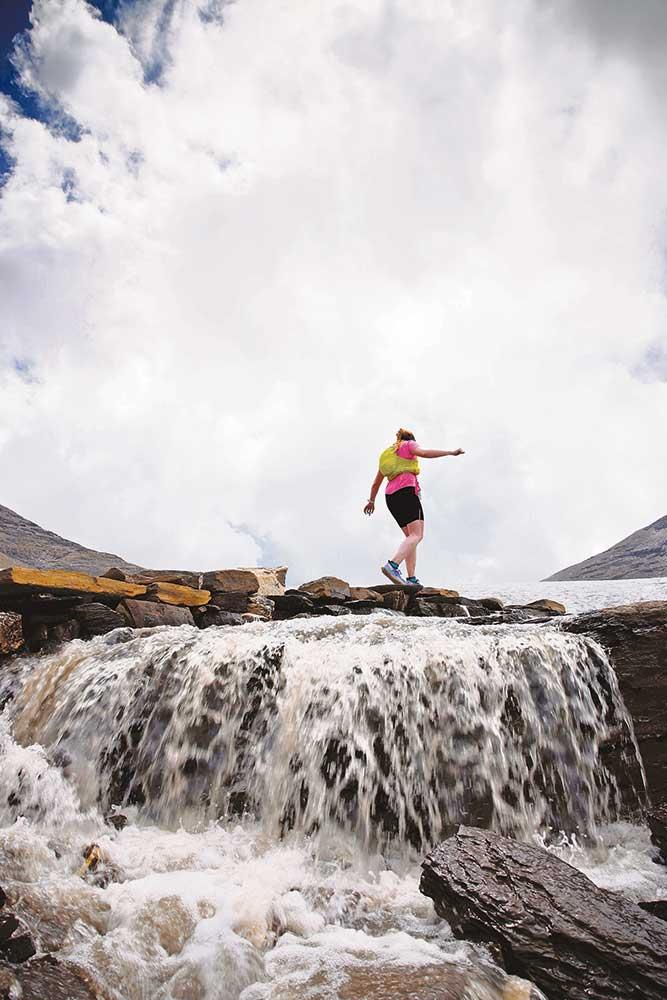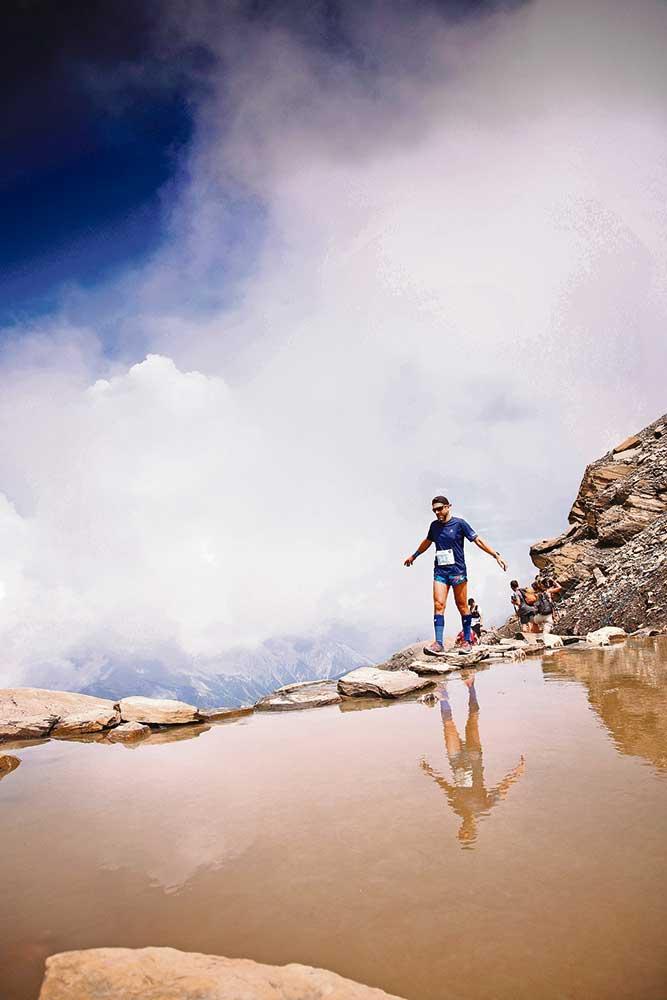Glacier 3000 run
11.09.2022 Sports & LeisureThe 14th edition of the Glacier 3000 Run attracted 720 men and women to the Saanenland. The weather conditions were optimal. But the warm weather had taken its toll on the glacier, and the organisers had no choice but to shorten the route by a kilometre.
Runners from all over Switzerland and abroad met at the ice rink in Gstaad. Many know each other from previous mountain runs, and they exchanged tales from the trails while warming up! An aromatic scent of pain-relieving DUL-X gel hovers in the air. The countdown is on.
5, 4, 3, 2, 1, go!
The runners, divided into 14 categories, are released. Well-trained athletes cover the 15.6km to Reusch in just under an hour. This corresponds to a speed of 16km/h. Even on a bike, it's hard pedalling!
Less experienced runners often allow themselves too little time for the first kilometres. They run too fast and try to follow along with the other runners. Better run at your own pace and pay attention to your stride length.
With an ideal stride length, you can run at the same pace with a reduced heart rate and oxygen consumption. The reduced heart rate and oxygen consumption result in lower energy usage and effort when running.
Mountain running begins
By the time you reach Reusch, recreational runners use between 70 to 120 minutes (or longer) for the 10.6km of uphill running ahead. Inevitably, thoughts about motivation will also arise during this time: “Why am I doing this to myself? Do I really want to go up there?” The battle between physique and brain is on!
The Devil’s Path
At 2486m above sea level, immediately after the cabane at the Tête aux Chamois, the “pièce de résistance” begins. Almost overhanging, the zigzag path leads to the Diablerets glacier plateau. Truly diabolical!
When the air becomes thinner, the meltwater of the glacier softens the ground, the lactate in the leg muscles causes pain and the inner bastard threatens with the strike hammer. A conscious introspection is called for: “What am I doing here?" But the goal is not far away. So draw energy from the landscape around you and go on.
No pain, no gain!
Is it the case that without diligence, there is no prize to be won? The path of least resistance will certainly not lead to the desired result. Not only in sport but also business, it is helpful to be able to overcome annoying or painful obstacles.
Around 500 runners completed the Glacier 3000 Run within their individual time window. And the finishers know: “The pain fades – but the pride remains!”
The winner of the day was Kenyan Geoffrey Gikuni Ndungu, who finished the 25.2 km course in 2 hours and 17 minutes. This was his redemption for the 2021 edition, where he had finished second. Martin Cox’s 2008 course record of 2 hours 20 minutes could have fallen had the course not been shortened. Abraham Ebenyo Ekwam, another Kenyan, finished second. The best Swiss runner, Jonathan Schmid from Adelboden, completed the men’s podium. The 2022 Swiss mountain running champion clocked a killer time of 2 hours 23 minutes.
In the women’s race, Victoria Kreuzer from Zermatt had a great victory with 2 hours 46 minutes. She won ahead of Nicole Schindler and Pascale Rebsamen - a wonderful Swiss trio on the Glacier 3000!

The 100 runners in the team category added spice to the 14th edition. Jordi Marocchi and Petra Eggenschwiler ran an excellent race in the Team Mixed category in 2 hours 46 minutes.
BASED ON AVS/EUGEN DORNBIERER-HAUSWIRTH




